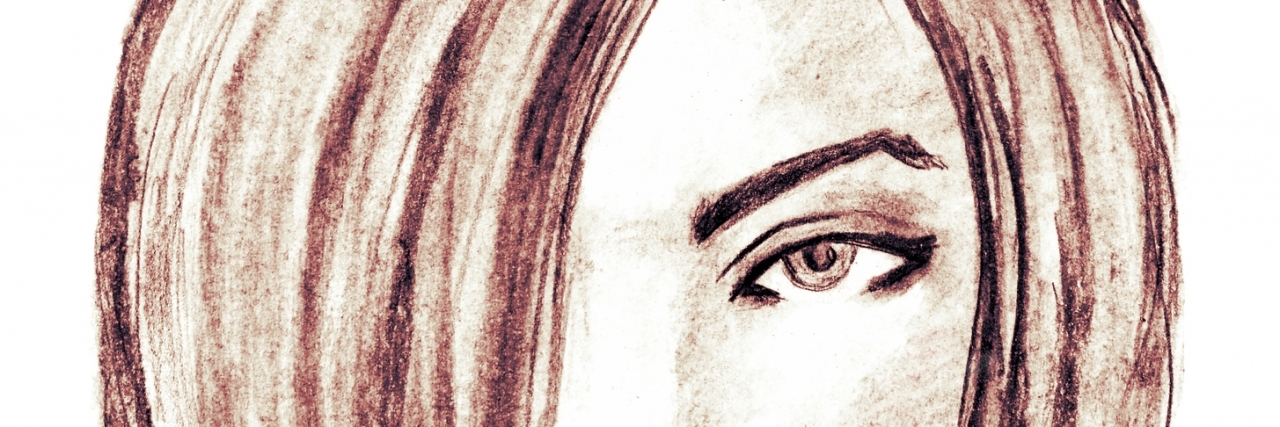In high school, I desperately wanted to be known as a rebel. I clung to every label I could and wore it with pride. Why, yes, I stood up for animal rights with my vegetarianism! I wore long, flowy pants in lieu of jeans and called myself a hippie. I hung up the signs I got from a peace protest and a bisexual pride flag.
• What is Bipolar disorder?
It was nothing more than a quest for an identity. I needed to prove to everyone I belonged. With borderline personality disorder, the abstract idea of identity is something we have difficulty comprehending. To me, it was all about finding a label and sticking it to myself, crying out, “This is who I am!”
However, who I was (and am) continuously changed. I find myself, even now, grasping for anything that would hint at who I am. I wanted to fit in a box, snug and safe.
According to the DSM-5, one of the criteria for BPD is “identity disturbance: markedly and persistently unstable self image or sense of self.” I didn’t know it at the time, but this was one box that fit like a glove. BPD has many other criteria, but what people don’t see is how it can trap mental health professionals and patients alike.
To doctors, we’re puzzles consistent enough to be solved with a diagnosis. Across the years, I’ve been diagnosed with GAD (generalized anxiety disorder), depression, bipolar disorder II, and BPD. The amount of medication I’ve been on over the past eight years is pretty impressive. With each new diagnosis, I kept thinking, “Aha! This is who I am. This is what’s wrong with me.”
But you know what? In the end, it doesn’t matter what my label or diagnosis is. I am mentally ill; this much I know as a fact. I recognize the different parts of each disorder in me, from the desperation of BPD to the unbearable depression to the wild hypomania. I may not fit each diagnosis to a T. I may never have a label that fits me perfectly.
Because ultimately, my only identity is Margaret.
Image via Thinkstock.

